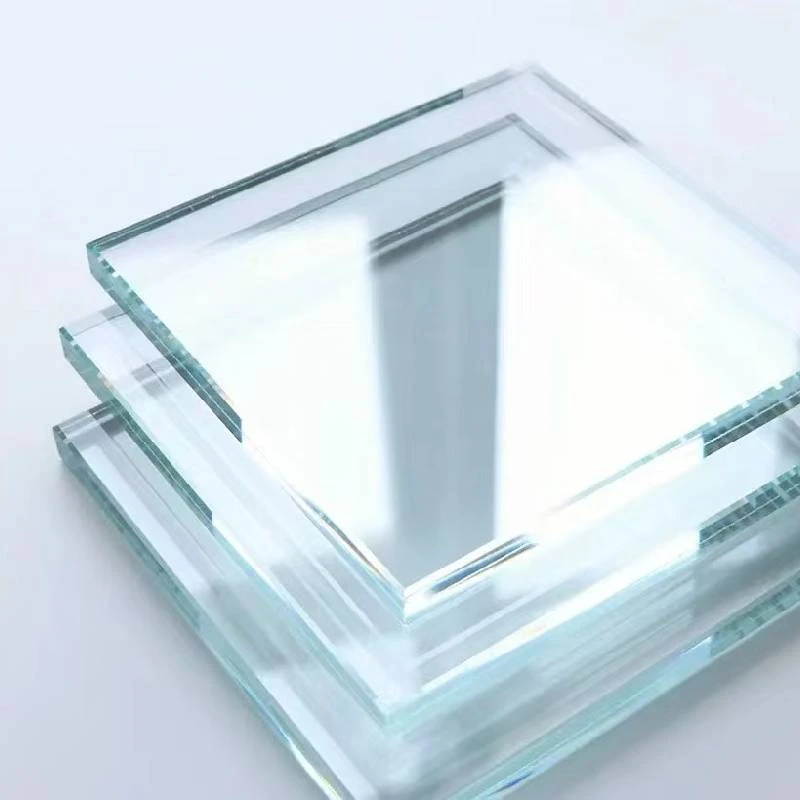

The Evolution and Benefits of Reflective Privacy Glass
In our increasingly connected world, the need for privacy and security is more pronounced than ever. One innovative solution that has emerged in contemporary architecture and design is reflective privacy glass. This material not only enhances aesthetics but also serves a critical function in safeguarding personal space. To understand the significance of reflective privacy glass, it is essential to explore its evolution, applications, benefits, and societal implications.
Evolution of Reflective Privacy Glass
Reflective privacy glass has come a long way since its inception. Initially, glass was primarily used for its transparency, providing unobstructed views while sacrificing the protection of privacy. As architectural designs evolved, there arose a demand for materials that could offer both aesthetics and functionality. This led to the development of reflective glass. By applying a reflective coating to standard glass, manufacturers created a product that reflects light while reducing visibility from the outside. This dual functionality has redefined how spaces are conceptualized and utilized.
The technology behind reflective privacy glass has also matured significantly. Advances in coatings and treatments have improved the effectiveness and durability of the reflective surfaces. Modern reflective glass can block harmful UV rays while allowing natural light to permeate interiors. This balance of light filtration and privacy has made reflective glass a preferred choice for various applications, from commercial buildings to residential homes.
Applications in Architecture
Reflective privacy glass serves multifaceted purposes across diverse architectural settings. In commercial buildings, it is often used for facades, allowing businesses to maintain a professional exterior while protecting the privacy of their occupants. Retailers strategically employ reflective glass in shopfronts to attract customers without exposing the interior layout or goods, safeguarding their commercial strategies.
In residential settings, homeowners are increasingly opting for reflective glass in window installations. It provides a sense of seclusion in busy urban environments, enabling families to enjoy natural sunlight without the constant intrusion of prying eyes. Moreover, reflective glass contributes to energy efficiency by reducing heat gain from sunlight, thus promoting eco-friendly living.
Benefits of Reflective Privacy Glass

The advantages of reflective privacy glass extend beyond aesthetics and privacy. Firstly, it enhances energy efficiency. By minimizing heat intake, buildings equipped with this type of glass can reduce reliance on air conditioning systems, leading to lower energy bills and a reduced carbon footprint. This feature aligns well with the growing global emphasis on sustainability.
Secondly, reflective privacy glass increases the safety of occupants. It can deter potential intruders who cannot easily see inside, thus adding an extra layer of security. Moreover, the reflective surface can reduce glare, making spaces more comfortable for occupants, particularly in areas with significant natural light.
Additionally, these glass products can be customized to meet specific design needs. Available in various colors and tints, reflective privacy glass can complement the architectural style of any building, offering both beauty and functionality. This versatility makes it an attractive option for architects and designers aiming to create striking, contemporary spaces.
Societal Implications
As urban populations continue to grow, the importance of privacy in densely populated areas cannot be overstated. Reflective privacy glass serves as a crucial element in fostering a sense of personal space, even in the midst of urban chaos. It reflects the societal shift towards valuing personal boundaries and the right to privacy, particularly in public and semi-public spaces.
Furthermore, the use of reflective privacy glass aligns with broader trends in design that prioritize mental well-being. By enabling individuals to retreat into their own private sanctuaries without the anxiety of constant observation, this material fosters a healthier living environment.
Conclusion
Reflective privacy glass represents a significant advancement in architectural design and material science. Its benefits extend beyond aesthetics to include energy efficiency, security, and the enhancement of personal space. As we continue to navigate the complexities of modern life, innovations like reflective privacy glass will play a crucial role in balancing the need for connectivity with the essential right to privacy. Its thoughtful application can transform not only the way buildings are perceived but also how we experience our environments. As we embrace the future, reflective privacy glass stands as a testament to the ongoing pursuit of harmony between design, functionality, and individuality.